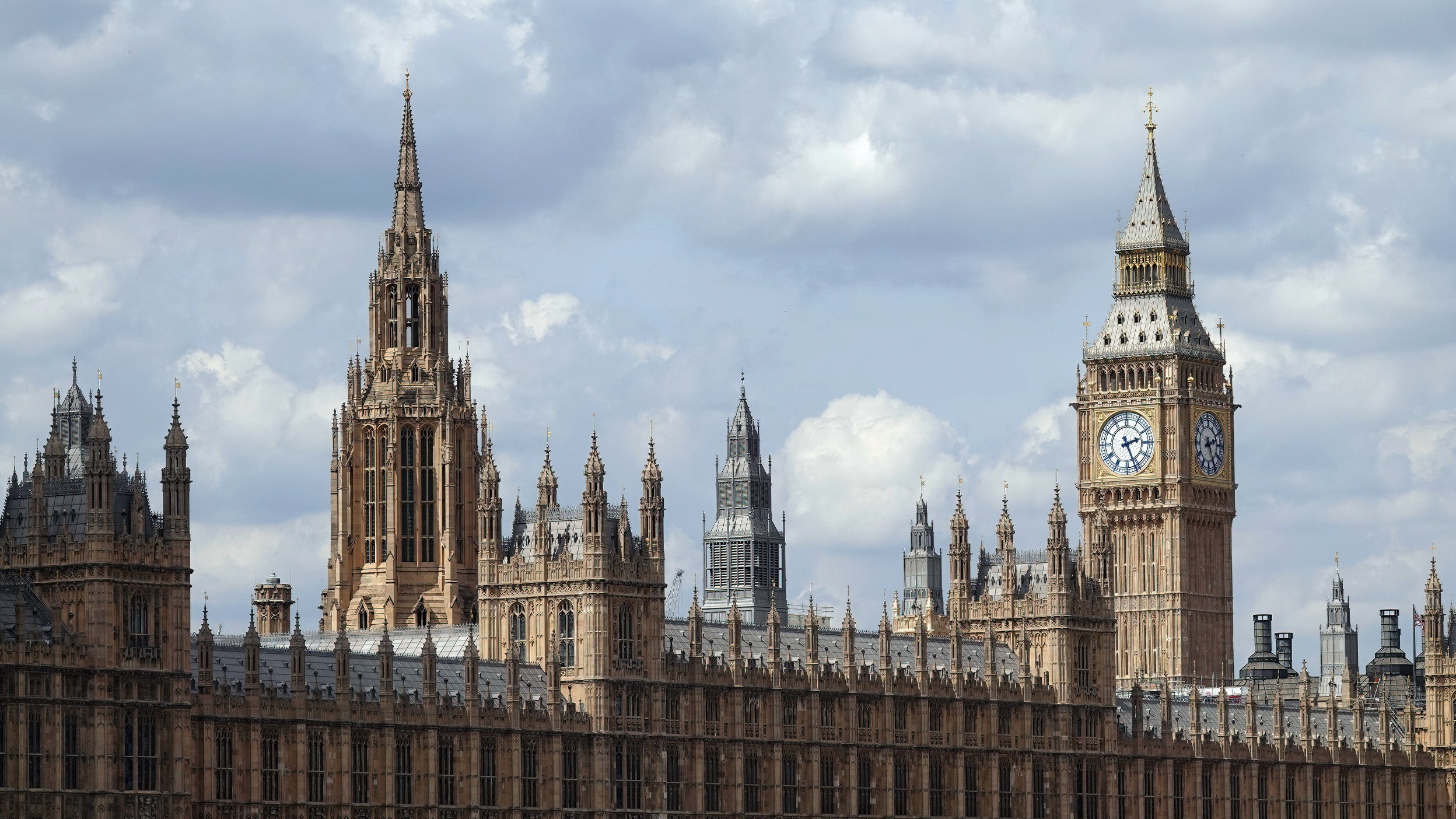
Asset allocation
What would a Labour government mean for the UK?
In Uncommon Truths, Invesco experts Paul Jackson and Andras Vig’s provide a regular in-depth look at the big topics impacting markets.

Political negotiations on the EU’s AI Act are in the final phase, with potential for new rules to apply from H1 2026.
Initially, the UK is taking a non-legislative approach to the regulation of AI, with regulators tasked with supervising against five core principles.
Regulatory divergence in Europe is likely to drive competition for business between the EU and UK.
European policymakers are racing to get to grips with emerging opportunities and risks presented by artificial intelligence (AI), and to implement regulation that both supports the development and use of AI while safeguarding against inherent risks. The EU and UK are taking different approaches, with the EU proposing legislation and the UK taking a non-legislative approach.
In April 2021, the European Commission issued draft legislation aiming – for the first time – to harmonise rules governing AI across the European Union (EU). It is hoped that a political agreement on the proposed act can be reached before the end of the year, with the bulk of new rules applying two years thereafter. Depending on how negotiations progress, we could see new rules for providers and users of AI systems in the EU apply in the first half of 2026.
The regulations would vary based on the riskiness of each AI system:
Unlike the EU, the UK does not intend to legislate at this stage, but instead plans to establish a non-statutory framework requiring regulators – eventually via a statutory duty – to implement five principles designed to guide the responsible development and use of AI in all sectors of the economy:
The UK government also recently hosted the world’s first summit on AI safety. During the summit it coordinated agreement among participating jurisdictions, including the US, the EU, and China, on the Bletchley Declaration, which is a joint agenda for addressing “frontier” AI risks. That includes risks stemming from the misuse of AI, or untended consequences arising from the use of AI, in sectors such as cybersecurity and biotechnology. It also includes risks stemming from the dissemination of misinformation more broadly.
Following the summit, the UK government is expected shortly to encourage domestic regulators to publish guidance on how they will apply the UK’s proposed principles-based framework.
With ambitions to be global leaders in the regulation of AI, it remains to be seen whether the EU or UK – if either – gets it right.
Learn more about the approach the US government is taking with artificial intelligence.

What would a Labour government mean for the UK?
In Uncommon Truths, Invesco experts Paul Jackson and Andras Vig’s provide a regular in-depth look at the big topics impacting markets.

How could a Trump or Biden victory impact geopolitics? Takeaways from our webinar
Discover how a Trump or Biden victory could impact geopolitics in the first of our three-part webinar series on the policies, the politics and the results of the US presidential election.

Could the 2024 US presidential election affect market performance?
The 2024 US presidential election is coming. History suggests that investors likely don’t need to worry about what the results mean for the economy and markets. If you’re a professional investor, find out from our global market strategist, Brian Levitt, why markets don’t care about elections.
The value of investments and any income will fluctuate. This may partly be the result of exchange rate fluctuations. Investors may not get back the full amount invested.
This is marketing material and not financial advice. It is not intended as a recommendation to buy or sell any particular asset class, security or strategy. Regulatory requirements that require impartiality of investment/investment strategy recommendations are therefore not applicable nor are any prohibitions to trade before publication. Views and opinions are based on current market conditions and are subject to change.